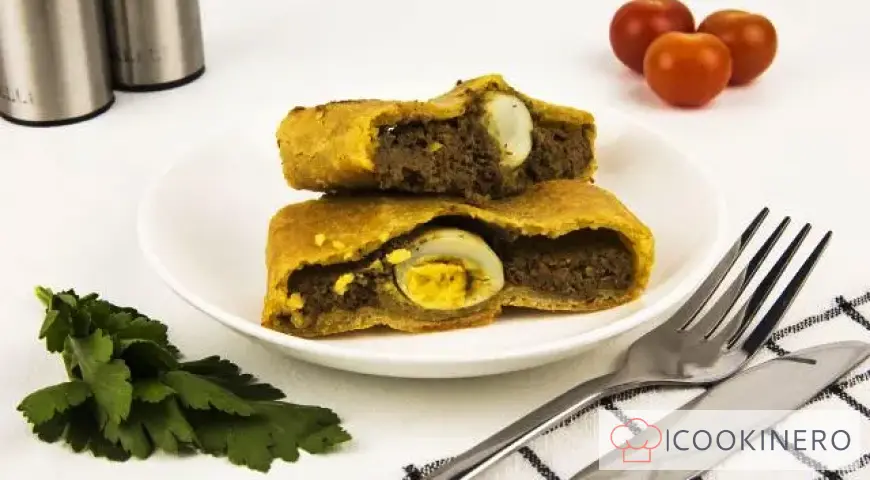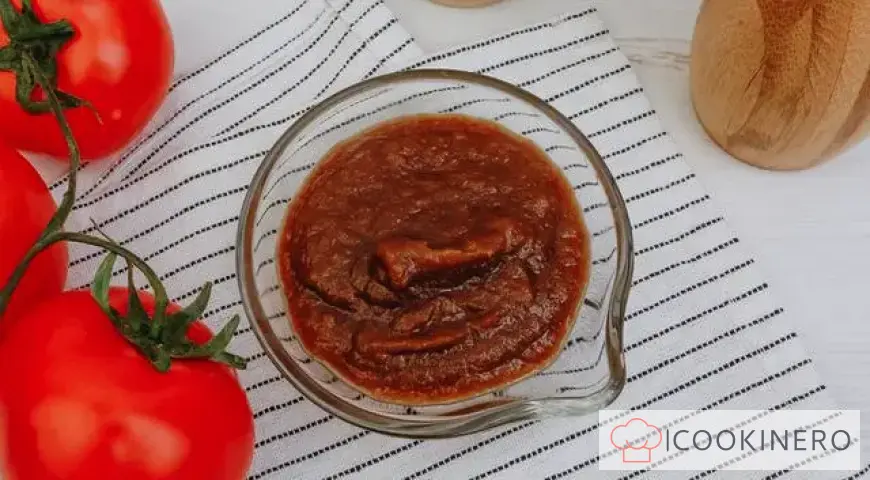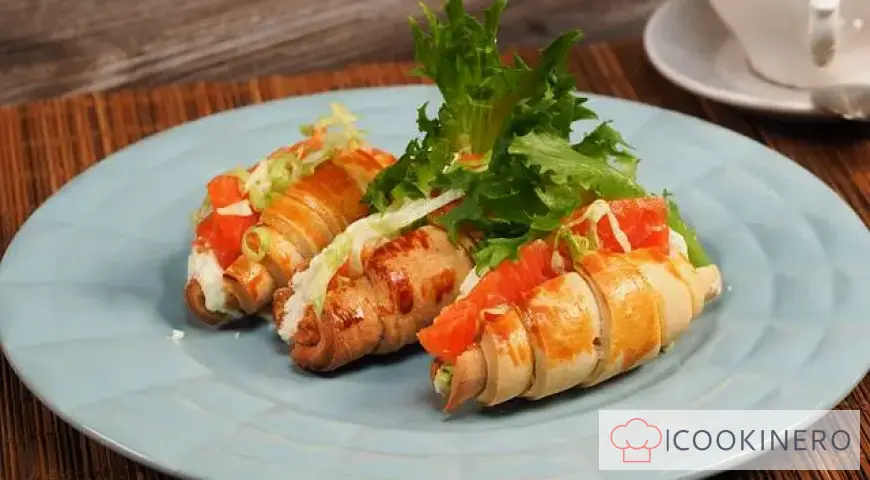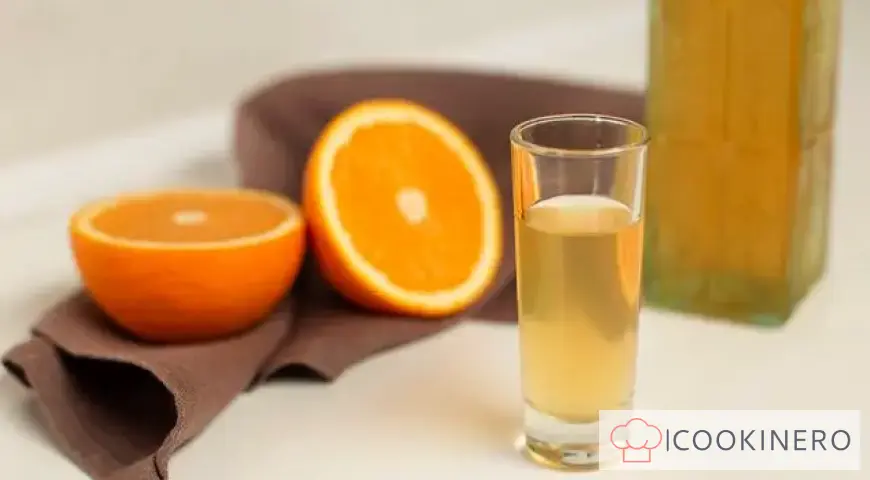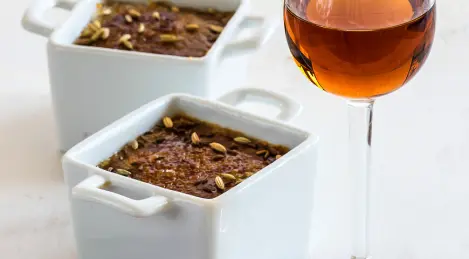Spring pasta with pesto

Madly in love with spaghetti with pesto sauce, and as soon as fresh basil appeared on sale in Salekhard (expensive, by the way), I immediately bought both green and purple! I really like to make pesto from ordinary parsley, but this time I added basil and walnuts, in addition to pine nuts.
How to cook Spring pasta with pesto
Step 1

Wash the greens, dry, put in a blender along with walnuts, gradually pour in 50 ml of olive oil in a stream and chop. If necessary, add more olive oil for a thinner consistency while continuing to blend the greens on low speed.
Step 2
Pour water into a large saucepan, bring to a boil, add salt to taste, put spaghetti (or other long thin pasta), cook until al dente, drain the water, leaving half a cup. Toast the pine nuts in a dry frying pan until golden brown, leave to cool.
Step 3

Put the pasta in a deep plate, put the pesto sauce on top, sprinkle with freshly ground black pepper and pine nuts.
Spring pasta with pesto - FAQ About Ingredients, Baking Time and Storage
Reviews: 0
0 Overall ratingHave you already prepared this recipe? Tell what you think.
Write a review
Trending
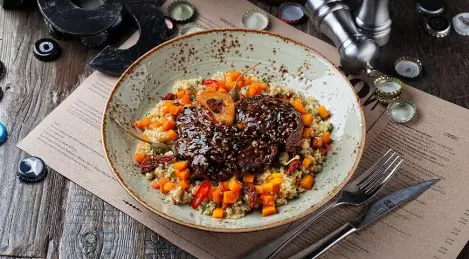
Ossobuco with bulgur and pumpkin
Ossobucco is a piece of beef shank that is stewed for a long time with vegetables and tomato. Served on bones.

Dumplings baked with sour cream
Pelmeni are a familiar, filling and tasty dish. But you can cook them in a very original way: bake them in the oven with sour cream sauce. This option for cooking the dish will not take much time, but will please you with the result. Juicy meat in te
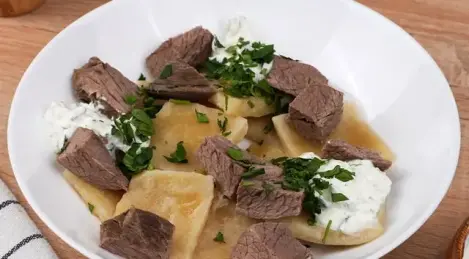
Khinkal in Dagestan style
Khinkal is a traditional Caucasian dish. It is often confused with such a famous Georgian dish as khinkali. And, although the set of products in both dishes is quite similar, they are nevertheless different. Traditionally, khinkal is prepared on the
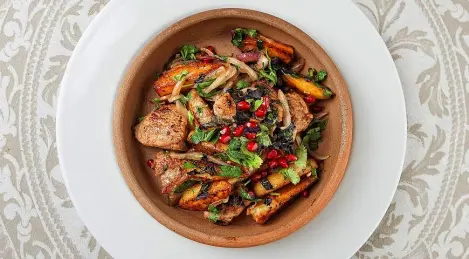
Ojahuri from veal
Ojakhuri is a classic Georgian dish. In fact, this meat and potatoes are a win-win combination. You can use different types of meat for ojahuri. We will choose tender veal. Odeakhuri is traditionally served on a ketsi (clay plate) to keep the dish ho


